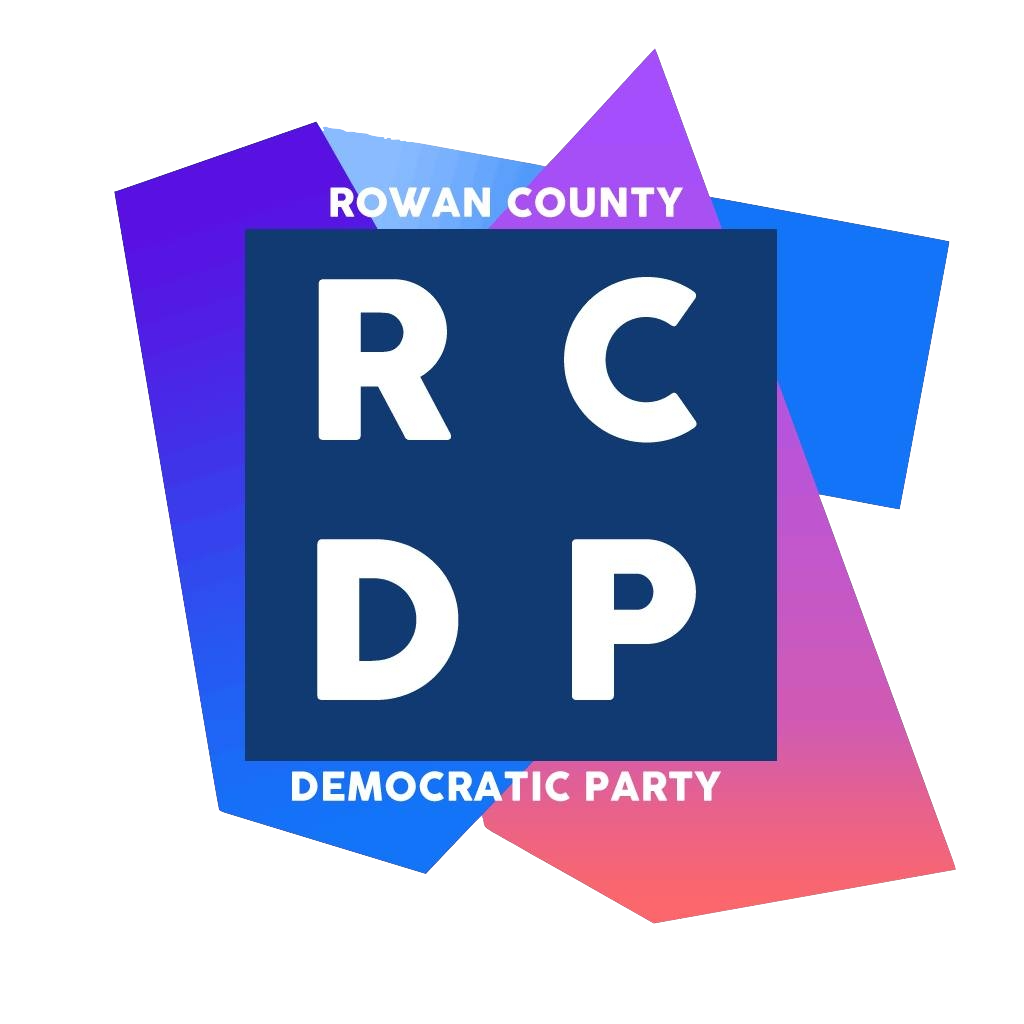“No language, no nudity, no violence, no LGBT characters . . . Why then would there be such an outcry against seeing the movie?”
Yesterday I saw the new Barbie movie. Afterwards I started seeing memes on social media, warning people not to see the movie. Some of the descriptions astounded me. Was this the same movie I had just seen? I have no need to recommend or not recommend this movie to you or your family, but if you too have been seeing these memes, I want to offer you a perspective from someone who actually saw the movie. There might be spoilers here, so you might not want to continue reading.
First, the movie is rated PG-13, so, like so many other children-themed movies, it would be expected to also have adult themes and adult humor. PG-13 often is a warning of language, nudity, or violence, none of which were features of the Barbie movie. I remember one point where a word was bleeped out, a couple of jokes relating to Barbie and Ken having no private body parts (they are dolls, remember), and a humorous fight amongst the Kens with Barbie accessories as weapons. There are many suggestive references, most of which go over the heads of any first-time viewer, me included.
A favorite meme accusation was that it was an LGBT movie. I did not catch that any Barbie or Ken character was or was not gay or trans. There aren’t many movies that don’t give the occasional nod to LGBT viewers and humans, and that’s a good thing. These often-subtle nods are easily missed, even by adult viewers, but are there to entertain or affirm those who might catch them.
No language, no nudity, no violence, no LGBT characters . . . Why then would there be such an outcry against seeing the movie? Well, I’m going to tell you what I think is the answer to that question, but remember I’m warning you of spoilers. Stop reading now if you don’t want to know.
All the Barbie and Ken dolls in the movie live in Barbie Land. Barbie Land is all pink and innocent and filled with all the things we Barbie doll collectors associate with Barbie: pink houses, pink accessories, pink clothes, Malibu beach, etc., all centered around Barbie. Ken sings a song about being nothing without Barbie. There is no Ken doll without Barbie. It’s always “Barbie” or “Barbie and Ken,” never just “Ken.” And if you’ve ever looked at the Barbie doll aisle in Walmart, you know there are all kinds of Barbies: doctors, surfers, CEOs – Barbie can be anything she wants to be.
In the movie, there’s a crisis, and Barbie has to go to the “real world.” (Ken goes along too.) The real world, you know, the one in which you and I live, was upside-down from Barbie Land. There the women didn’t know who they were apart from their men. The men were in control of everything, making and enforcing the rules, manipulating the thinking, turning the women against each other, etc.
This is not make-believe. This social structure in which we live is called patriarchy, which means men are in charge, often using religion and other structures to manipulate us into believing that’s how it’s supposed to be. In Barbie Land, the astute viewer can see what it all looks like from the other side. There are and have been throughout history matriarchal societies, in which it’s the women who are in control. The movie is a fascinating mind adventure really, and I’ve heard several viewers say they want to see it again to catch more of what they missed the first time.
So why would patriarchal men not want their families (or ours) to see the movie? Well go see for yourself if you want. And wear pink.
Kathy Vestal

